Liz Richardson, managing partner, of communications agency HeyHuman on the benefits of a multi-sensory approach to product trials
Greggs recently credited a surge in sales to its new vegan sausage roll. The business was no doubt helped by the sort of publicity you just can’t buy, with Piers Morgan’s indignation at the vegan roll helping them fly off the shelves faster than you can say Good Morning Britain.
Of course, not all new products get that sort of endorsement and, for many retailers, the best way to boost them is through a free taster. Sampling remains one of the smartest ways of building awareness, but it can get a bit stale.
Busy shoppers may grab their free bite without even realising what it is they are trying, so what hope is there of brand loyalty here and, more to the point, any sort of return on investment?
As well as appealing to taste, smart brands are starting to enlist sight, sound, smell and touch to boost the effects of trial.
Multi-sensory campaigns that appeal to more than one sense and deliver a fuller experience will reap better results in hard commercial terms. Green & Black’s recently boosted the launch of its new Velvet Fruits product with a multi-sensory approach. People snuggled into a comfy velvet chair to taste the product in a relaxed environment, and neuroscience testing proved that sensory cues helped drive purchase intent amongst consumers.
Multi-sensory experiences might represent a higher cost per sample at the outset, but deliver better customer engagement.
So, how can bakers make multi-sensory sampling experiences work for them?
Bakers have long been using the smell of freshly baked bread to entice customers in-store. But what about our other senses? Shape is an important factor. Cadbury found that round chocolate was considered sweeter than square blocks. Think about that when preparing samples.
Sound enhances our appreciation of food. Studies that amplified the sound of crisps crunching made consumers think the crisps were fresher. Snapping a baguette in front of customers could lead to them snapping them up.
Colour also gives powerful signals. Consider the colour palette of items being used for sensory campaigns, such as the stand, plates, napkins, and staff clothing.
Bringing together the senses in these ways makes the whole greater than the sum of its parts, because it triggers unconscious reactions in our brains.
If you don’t believe me, answer this: who is the first person you think of when I say, ‘Greggs’ vegan sausage roll’?























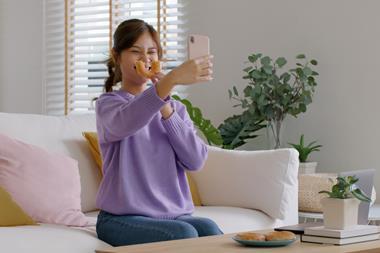
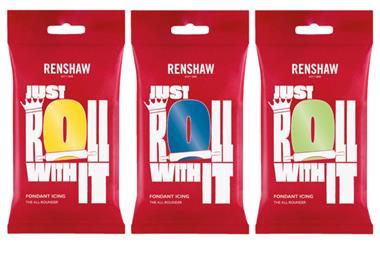
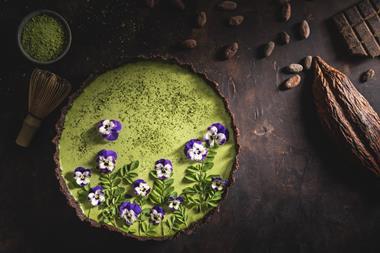
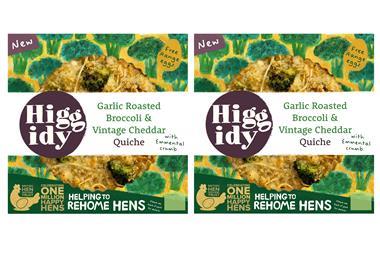
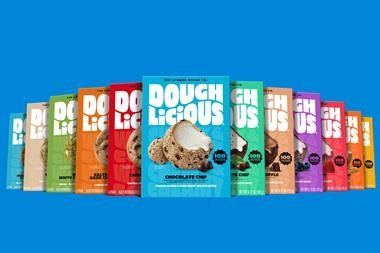
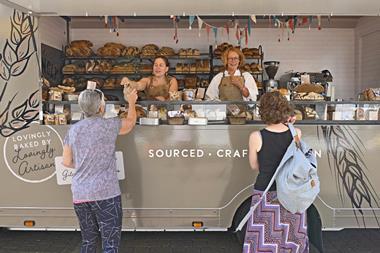
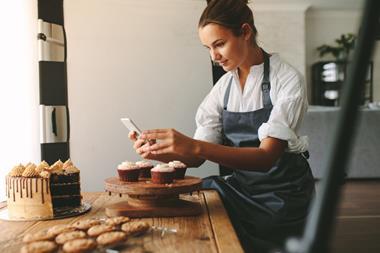

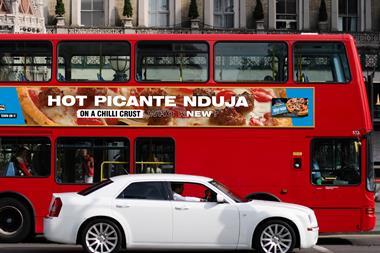

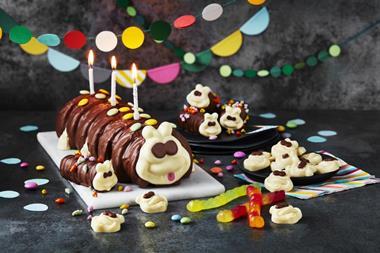

No comments yet